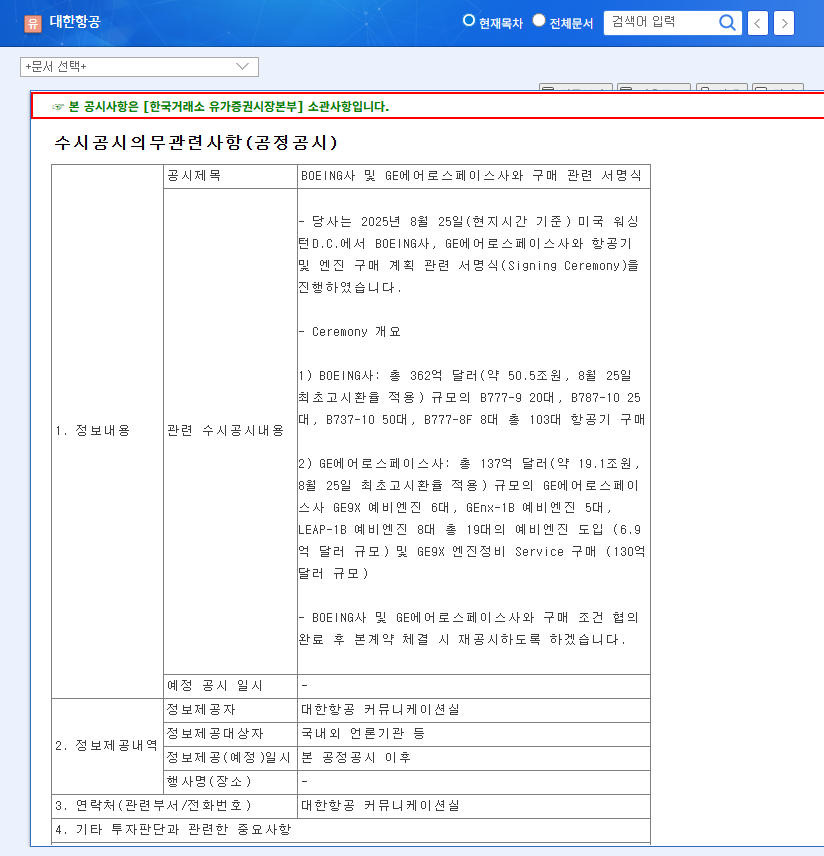This comprehensive KOREA AIRPORT SERVICE earnings analysis for Q3 2025 provides a deep dive into the company’s latest financial performance announced on November 10, 2025. As the global aviation industry recovery continues to gain momentum, stakeholders are keenly watching key players like KOREA AIRPORT SERVICE (KAS). While top-line revenue growth signals a positive trend, a closer look reveals underlying challenges in profitability that warrant careful consideration.
This report moves beyond the surface-level numbers, exploring the business environment, fundamental financial health, macroeconomic pressures, and future growth drivers. Our goal is to equip investors with a nuanced understanding of the opportunities and risks facing the KOREA AIRPORT SERVICE stock, enabling more informed and strategic investment decisions.
Q3 2025 Performance: A Tale of Two Realities
On November 10, 2025, KOREA AIRPORT SERVICE (한국공항) released its consolidated interim results for the third quarter. The figures present a mixed picture of healthy revenue growth countered by concerning profitability compression.
- •Revenue: KRW 167.0 billion, marking a 4.1% increase Quarter-on-Quarter (QoQ) and a 6.2% increase Year-on-Year (YoY).
- •Operating Profit: KRW 14.5 billion, a strong 26.1% increase QoQ but a significant 10.5% decrease YoY.
- •Net Income: KRW 11.6 billion, showing a 22.1% increase QoQ but a 12.8% decrease YoY.
The revenue upswing is a direct reflection of the recovering demand for air travel. However, the year-on-year decline in both operating profit and net income signals that the company is struggling to translate higher sales into better bottom-line results, primarily due to escalating operational costs.
Fundamental Analysis: Behind the Numbers
Tailwinds from Aviation Industry Recovery
The positive revenue trend is firmly anchored in the broader recovery of the aviation sector. Increased international flight schedules, the ongoing expansion of Incheon Airport’s Phase 4, and a resurgence in global travel demand are creating a favorable environment. As a key provider of essential airport ground handling services, air cargo logistics, and aircraft refueling, KAS is a primary beneficiary. These core operations constitute over 90% of its revenue, making its performance a reliable barometer for the health of South Korea’s aviation hub. For more data on global trends, see the latest reports from authoritative bodies like IATA.
Headwinds from Rising Operational Costs
The primary culprit behind the declining profitability is a significant rise in costs, particularly selling, general, and administrative (SG&A) expenses. Reports from the first half of 2025 already indicated pressures from increased average per capita salaries and executive compensation. These factors, combined with broader inflationary pressures on materials and maintenance, continued to weigh on margins in Q3. While investments in personnel are vital for service quality and employee retention, they highlight a critical need for enhanced operational efficiency and stringent cost management moving forward.
KOREA AIRPORT SERVICE finds itself at a pivotal juncture where the tailwinds of market recovery are met with the headwinds of internal cost pressures. The company’s ability to navigate this challenge will define its trajectory for the coming year.
Financial Stability and Macroeconomic Risks
From a balance sheet perspective, KAS maintains a solid financial footing. As of H1 2025, its debt-to-equity ratio stood at a healthy 31.6%, supported by a growing cash position. However, external macroeconomic factors pose tangible risks:
- •Exchange Rates: A volatile USD/KRW exchange rate can impact net income, particularly affecting the cost of imported equipment and foreign currency-denominated liabilities.
- •Interest Rates: A sustained high-interest-rate environment globally could increase the company’s financing costs for future investments and debt servicing.
- •Oil Prices: Fluctuations in global oil prices directly influence aircraft refueling costs, a key variable in the company’s profitability equation.
Strategic Outlook & Investor Action Plan
Pivoting to New Growth Drivers
Recognizing the need for diversification, KAS is actively pursuing new revenue streams to secure long-term growth. Key initiatives include expanding its ground handling operations into the Japanese market (via its KAAS subsidiary), launching a non-aviation equipment rental platform, and developing new training programs at its ground handling equipment training center. The successful execution and scaling of these ventures are critical to enhancing corporate value beyond its traditional core business.
Key Considerations for Investing in KOREA AIRPORT SERVICE Stock
For those conducting a KOREA AIRPORT SERVICE earnings analysis with an eye toward investment, several factors must be continuously monitored. This balanced approach is essential for anyone interested in the broader South Korean aviation sector.
Before making a decision, investors should:
- •Validate New Business Traction: Track quarterly reports for tangible revenue and profit contributions from the new ventures in Japan and the rental/training platforms.
- •Analyze Profitability Trends: Scrutinize operating profit margins to see if cost management initiatives are effectively counteracting rising SG&A expenses.
- •Assess Competitive Positioning: Monitor the competitive landscape in the airport ground handling market and evaluate KAS’s strategies for maintaining its market share.
- •Review Primary Sources: Always refer to the original financial statements for complete accuracy. The Official Disclosure (DART Report) provides the unabridged data.
In conclusion, KOREA AIRPORT SERVICE is a company with clear growth potential tied to a recovering industry, but it faces an immediate and significant test in improving its profitability. Long-term investment success will likely depend on management’s ability to control costs effectively while successfully launching and scaling its new business initiatives.






